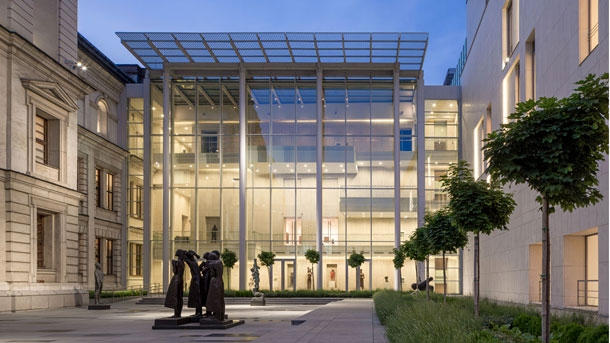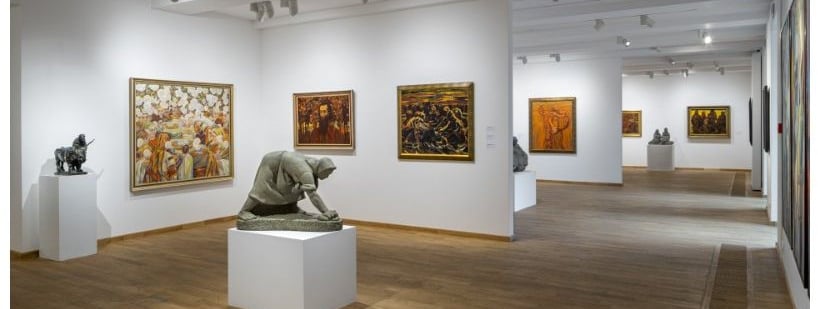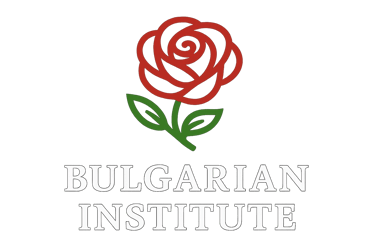National Art Gallery / Kvadrat 500 – Sofia
Step into a monumental space where centuries of Bulgarian and international art converge, bridging tradition and modernity under one vast roof.
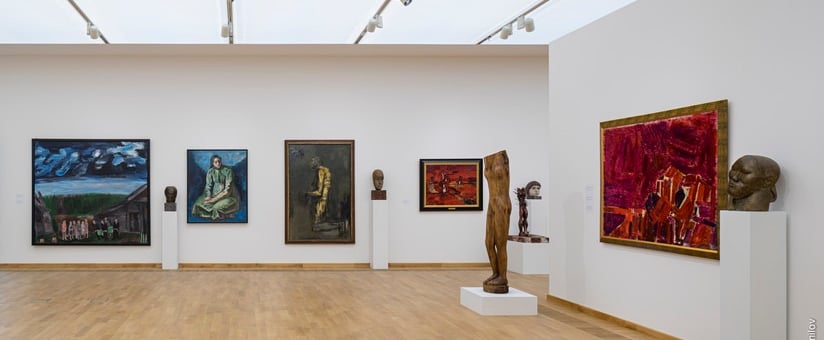

A Grand Confluence of Art Spaces
At the heart of Sofia’s vibrant cultural landscape stands a structure whose presence asserts ambition and scope. The National Art Gallery and its extension, Kvadrat 500, together comprise Bulgaria’s largest institution devoted to the visual arts. The Gallery, housed within the historic former royal palace, anchors the narrative of national identity through portraiture, religious painting, and state murals. Kvadrat 500—a modern annex opened in 2019—expands that narrative into broader dimensions: European modernism, Eastern bloc experimentation, contemporary multimedia, and immersive installation. This architectural dialogue between neo-Baroque palace and austere cube reflects the gallery’s curatorial approach: a respectful dialogue between Bulgaria’s past and the open-ended possibilities of global encounter.
Entering either the Palace or the Cube, one finds oneself in vast halls where art is not simply displayed but orchestrated. Wall terminations sit beside vaulted ceilings, columns frame painting series, and frescoed interiors signal the Gallery’s reverence. Across the courtyard, Kvadrat 500’s light-washed concrete and glass portals signal immediacy and space. Here, sculptures breathe in large volumes; light spills across steel planes; artworks of great diversity converse through adjacency. Together they offer Bulgaria’s clearest statement: art history is not static, but living, evolving, and multilingual.
The Story of the Place: From Throne to Gallery
The former royal palace—commissioned in the late nineteenth century under monarch Alexander I—emerges from Sofia’s urban heart with stately clarity. It was conceived to embody statehood and European orientation. For decades it served as a seat of royalty, exile, and diplomatic ceremony. Following the communist transition, the building was repurposed to house national cultural institutions. By the late twentieth century, it housed the National Gallery of Fine Arts, among other entities. Its frescoed domes, mural triangles, and grand staircases became a scenic stage for visual culture, symbolic of continuity under changing regimes.
Recognizing the need for expansion, curators and cultural planners envisioned a companion building. In 2014 plans were solidified for Kvadrat 500, a cube-shaped annex that would house collections unable to fit into the palace’s romantic interior. Completed in 2019, Kvadrat 500 doubled exhibition capacity, offered modern conservation facilities, and underscored Bulgaria’s ambition to present its art to international audiences. The juxtaposition of old and new architecture creates a dynamic allowing visitors to traverse both centuries of art and styles of museum space.
Practical Information for Visitors
The National Art Gallery and Kvadrat 500 are located on Alexander I Square, Sofia. The Palace stands under a canopy of linden trees while the Cube sits directly across the courtyard. Access by metro (National Palace of Culture station), tram lines 4, 5, 7, and bus lines 72, 213 is easy and frequent. Paid parking is available underneath the Square.
The Palace opens Wednesday to Sunday from 10:00 to 18:00, while Kvadrat 500 has extended hours on Fridays until 20:00. The museum is closed on Mondays and Tuesdays. Tickets may be purchased separately for the Palace and the Cube or bought as combination packages. Reduced rates apply for youth under 18, students, seniors, and Bulgarian citizens aged 7–18. Family passes are available for mixed-age groups.
Accessibility is prioritized: ramps and elevators connect across buildings; tactile models of sculptures help visually impaired visitors; audio descriptions and braille guides are available upon request. The gift shop offers exhibition catalogs, prints, artist editions, and local design objects. Nearby cafés and benches make it easy to rest and socialize. A museum membership program grants unlimited entry, discounted workshops, invitations to opening events, and a quarterly research journal.
Audio-guided and curator-led tours are offered daily in English and Bulgarian, with occasional tours in French and Russian. The gallery also offers AR app experiences that allow visitors to scan paintings and learn more about context, technique, and symbolism through their smartphones.
Visit the official website here: https://www.nationalartgallerybg.org and https://kvadrat500.bg
Educational Ambition and Public Scholarship
The Gallery takes its educational role seriously. In-house pedagogues, trained across Europe, offer structured family tours where children engage directly with material form—matching palette to canvas, constructing paper architectural forms, composing micro-installations. Weekend workshops let adults engage with printmaking, early photography, film screening, or fresco technique. Academy-level seminars define standards for museology regionally. When Kvadrat 500 opened, Bulgaria’s visual arts students flocked to observe open storage, condition reports, and moving-image preservation labs.
The gallery’s research center partners with universities in Sofia, Vienna, Budapest, and Basel. Recent publications have traced the provenance of looted art in war, the effect of socialist ideology on painting, and the language of female artist collectives during the transition period. Each exhibition carries a conference, a catalog, and a public programme that includes debate evenings unpacking the artifacts before introverted silence.
Engagement with the City and Beyond
The Gallery is neither fortress nor temple. Street-facing spaces host café concerts where cellists play to passersby. Open windows display ongoing drawing sessions. The Cube’s outer wall accommodates street-level projections after dark, while sculptures occasionally line sidewalks. Seasonal initiatives include inviting street artists to rework palace façades or sponsoring temporary city pavilions exploring civic history through art.
Bernoulli curatorial praxis encourages itinerant exhibitions. Works travel to São Paulo, Tallinn, Beirut. The Gallery also organizes site-specific interventions in Bulgarian villages: fresco restorations marry traditional craft with modern architecture. It participates in European networks focusing on memory and reconciliation through art.
Visitor’s Flow: From Palace to Cube
One enters beneath a grand portico to find tall ceilings and low light. The sequence moves up, referencing palatial stairs, and branches into salons. After a point of national culmination, one transitions through glass doors into the Cube. The change is psychological as well as spatial: bright ceilings, open plan, high contexts. The corridor between serves as a symbolic liminal space; here mid-century sculptures gather, each erected at scale that matched state squares.
Visitors may follow thematic paths—Past and Future, Folk and Formal, Icon and Idea—or move according to chronological interest. The gallery minimizes directional control: significant signage exists but the spaces invite wandering, return, rediscovery. Seats are generous; cafes offer views of sculptures; galleries are acoustic-optimized but not hushed. The experience calibrates intimacy and resonance.
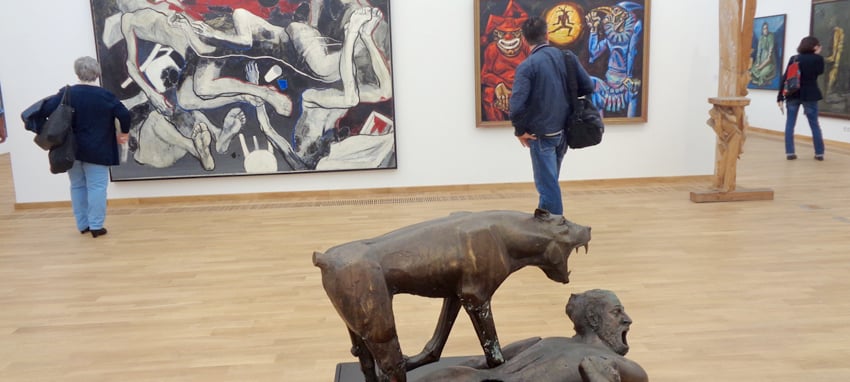

Chronological Vision within the Palace
In the Palace, galleries rise in curved sequences. One may begin with icons painted on wood—angelic forms whose faces reflect Byzantine resonance. Here, medieval Bulgarian Orthodoxy asserts its survival through stately form and gold leaf. Nearby, Renaissance compositions from Italian, Flemish, and German masters signal the Gallery’s broader connections. Taverns of Venetian portraiture or Dutch still lifes stand as reminders that Bulgaria’s art did not emerge in a vacuum.
The successive rooms chart national styles: the Bulgarian National Revival brings scenes of spiritual and historical self-consciousness—peasant weddings, literacy banners, mountaineers standing guard. These works reflect the political energies of 19th-century liberation. Portraits of political leaders and cultural icons become, within the palace, objects of national ceremony. Rare murals depicting Sofia’s foundation or depictions of medieval fairs present an interior biography of nationhood.
Late-19th and early-20th century galleries evoke academic romanticism and its transition into expressionism. You find works by Vladimir Dimitrov the Master, painting luminous folk figures with simplicity and warmth, set beside Dimitar Kazakov’s urban abstraction. A distinct narrative of identity unfolds: from mountain villages to industrial cities, from peasant life to urban bourgeois scenes.
Kvadrat 500: A Repository of Dialogue and Risk
Passing beyond narrative of national identity, Kvadrat 500 offers radical possibility. The gallery is divided into thematic and geographic zones. One corridor traces Central European modernism, featuring works by Czech cubists, Hungarian sculptors, and Polish avant-garde. Nationalist borders disappear as form and material speak of shared experimentation. In another section, Bulgarian artists of the interwar period mingle with Russian Constructivism, Bauhaus pedagogy, and Surrealist figures, forging a transnational network of movement and disruption.
Central galleries stage large-scale installations: video art confronting the economic transition, multimedia works exploring memory and loss, immersive environments that invite bodily interaction. While the Palace emphasizes painting and sculpture, Kvadrat 500 embraces performance, sound art, and digital methods. A gallery dedicated to architectural models and design objects emphasizes the region’s 20th-century ambitions toward modernization, urban planning, and technological integration.
Here, Bulgarian art of the late 20th and early 21st centuries takes center stage. Works by the Photovoltaic Collective, Emil Kirilov, Stanislav Stoyanov, and Maria Vassileva reflect global anxieties: migration, surveillance, ecological collapse, populism. Installations may take place in the Cube’s central atrium—20-meter-high, lit by a skylight—transforming it into a theater for collective speculation.
Curatorial Vision: A Museum as a Dialogue
One of the Gallery’s greatest successes is its curatorial layering. It rarely treats past and present as distinct realms. Instead, each artistic gesture is placed in conversation. A medieval icon might hang across from a contemporary painting investigating spiritual absence. A painting by Enchev-Vidyalel may be set adjacent to a site-specific light sculpture that echoes its brushwork. A room dedicated to paintings of Bulgarian art schools may host a temporary exhibition by a diasporan artist challenging its assumptions. A summary inspired by fragmentation rather than mastery resonates across both buildings.
Meanwhile, curators organize internationally branded exhibitions—“Bulgarian Art in the European Twenties,” “Revolution and Representation,” “Artists and Borders of Identity.” These curated paths reinforce that Bulgarian art is not secondary, but active, determined by its interaction with wider phenomena: industrialization, empire, migration, technological change.
